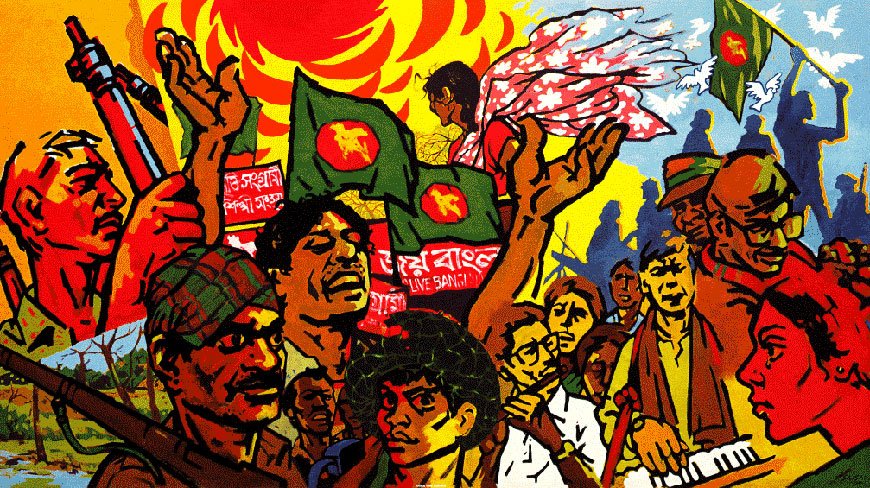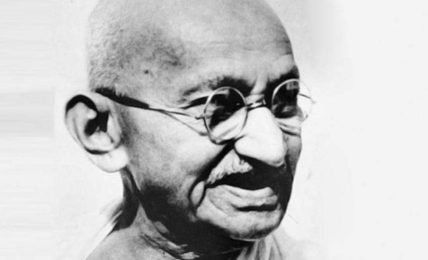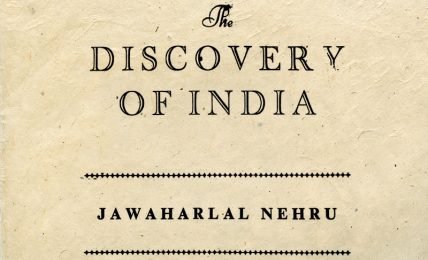1971 : DEATH OF PAKISTAN & BIRTH OF A BIGOT
We know the outcome of the 1971 war. Do we realize that this war saw the death of Pakistan, a dystopic nation and birth of a new religious bigot - Bangladesh. Do we know the history & the battles that made the 16th December surrender, a foregone conclusion?














